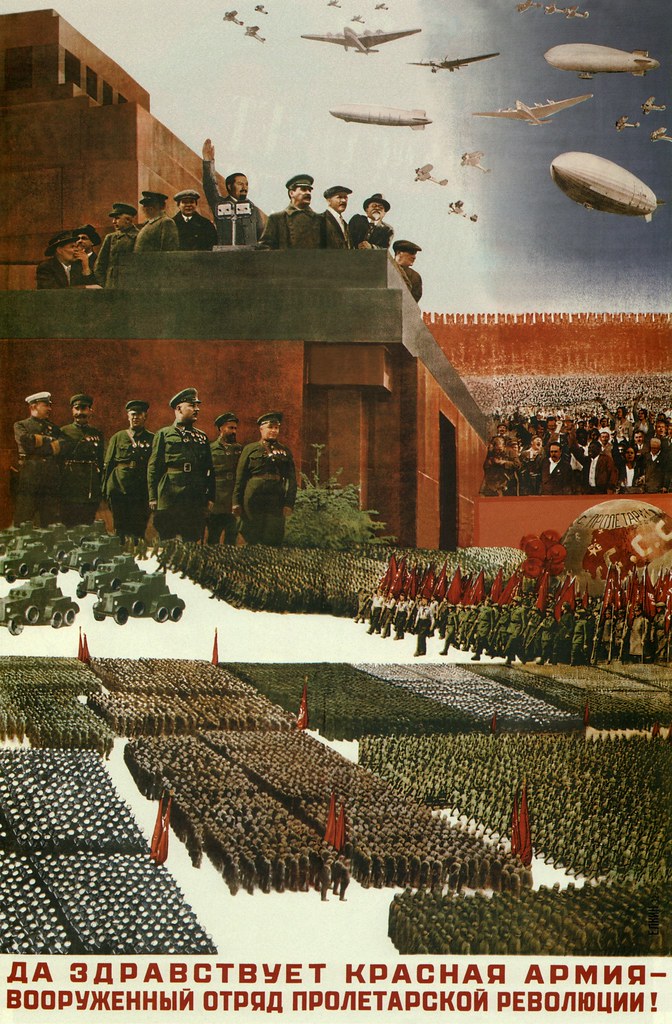Soviet PropagandaYou might wonder why I include pictures of obvious political material in this topic on "fine art". The thing is art always had and has strong connections to propaganda in the widest sense. Aviation in all it's glory was destined to enforce technical superiority, efficiency, modernity, braveness, the exotic travel ....
In the early 20th century the iconic qualities of the airship met the interests of artists and illustrators who were about to explore the new possibilities of the cheap mass reproduction of colour prints.
Today these graphics have found their way into international art collections, especially those that show influences of last century's avant garde movements. Exploring the means of typography, visual arts, composition, photography ... they can be considered the ancestors of our today's graphic design.
The Air War, 1914
Aleksandr Aleksandrovich Deineka
Construct a powerful Soviet Airship "Klim Voroshilov", 1931
Georgij Kibardin
WE WILL BUILD LENIN'S ESCADRON OF AIRSHIPS, 1931
Nikolai Dolgorukov
"Soviet airships must fly and will fly over the Soviet country! Let us create a powerful airship-building industry"., 1932
Vasilii Elkin
Long Live the Red Army, 1932 http://webposters.adm.ntu.edu.sg/site/page/resultado/10/12
http://webposters.adm.ntu.edu.sg/site/page/resultado/10/12

